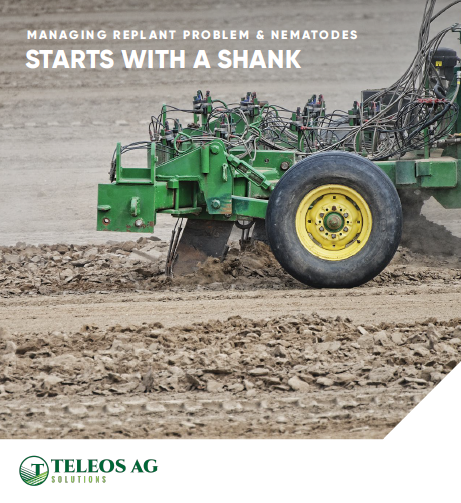Food Safety Law Unfair

While well-intentioned, the rules recently proposed in implementing the Food Safety Modernization Act don’t make sense as they are applied to tree fruit growers. In fact, says industry lobbyist Chris Schlect, to his knowledge no one has ever contracted a foodborne illness from crunching into a fresh apple grown in the Pacific Northwest.
That’s why Schlect, the president of the Northwest Horticultural Council, argues that the bureaucrats with FDA should not treat apples and other tree fruits the way they do lettuce and cantaloupes — two crops that have caused serious food safety problems in recent years.
“They’re basically saying we are going to go with the precautionary principle, that even though there has been no specific incident with apples or oranges, it’s good practice to have these rules in place,” he says. “Under their systematic approach, they decided to put all crops under one umbrella.”
Schlect, who as a longtime spokesman for the Pacific Northwest tree fruit industry has dealt with FDA people for years, says they lack perspective. “I do think regulators in Washington, D.C. aren’t evil people trying to put the family farmer out of business. But they’re in their little boxes, and what they think is reasonable might be in a perfect world,” he says. “But if you just have a few people operating the farm, there is no one person just doing food safety.”
Family Farm Threatened
Huge operations that have a person — or even an entire department—charged only with overseeing food safety aren’t going to have nearly as many problems with the new rules as the one who nearly every politician says is critical to this nation’s backbone, the family farm. “A lot of people who enjoy farming, being out in the open producing food for people, they are wondering, why do it any more? If you’re a family farmer, and the one who has to do this is yourself, the cost is just going to be too great,” says Schlect.
“This could be one of those factors, that if they’re on the edge of retiring, there will be some people who will say this is the straw that will break the camel’s back,” he continues, adding that it is already having an impact. “I got a call from an apple grower just yesterday who was concerned about this, and wondered if he should keep going.”
However, before making any drastic decisions, growers need to realize a few things about the rules specifically, as well as the general process. First, Schlect emphasizes growers don’t need to be concerned this crop year. These rules have only been proposed, they’re not etched in stone. There is a 120-day comment period, and because of the outcry over the rules, Schlect thinks the comment period will be extended. Then FDA needs to review those comments, and then issue final rules, and then a staggered implementation period follows. “It won’t be in place for a couple of years at least,” he says.
Call Your Association
However, in the meantime, Schlect and his counterparts with such organizations as the California Grape & Tree Fruit League, Western Growers, etc. will have their hands full. That’s because there is one other element to the proposed rules that Schlect says could make it very difficult—and costly to comply—for growers. That is the section dealing with water.
Schlect says the way he understands it—and as of mid-January he had yet to fully digest the initial 500 or so pages issued by FDA—any water that touches the fruit has to meet municipal standards for pathogens. That could be a huge roadblock for growers in the Pacific Northwest, where water used in the orchards comes from canals or rivers. “The FDA, in their world all is drip or rill irrigation,” he says. “But we have overtree sprinkling for frost protection when it’s cold and then cools the fruit when it’s hot here in the Northwest.”
However, Schlect again emphasizes the rules have only been proposed. He recommends that growers stay tuned by staying in touch with the organizations that represent them at the federal level. These associations will, in turn, be closely monitoring the goings-on. “We will be giving out more information so growers will know what’s targeted; it will be ongoing surveillance,” he says. “There are some reasonable things that I’m sure growers are already doing, but the devil is always in the details.”









